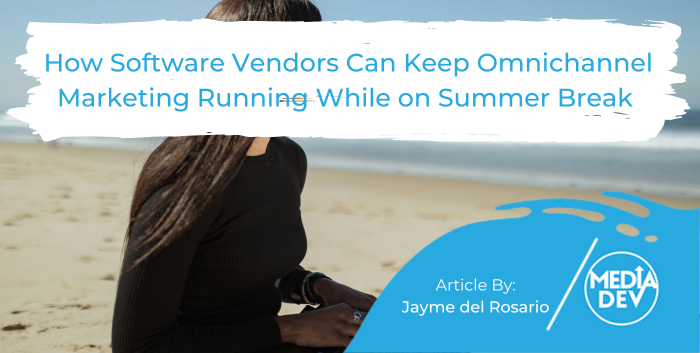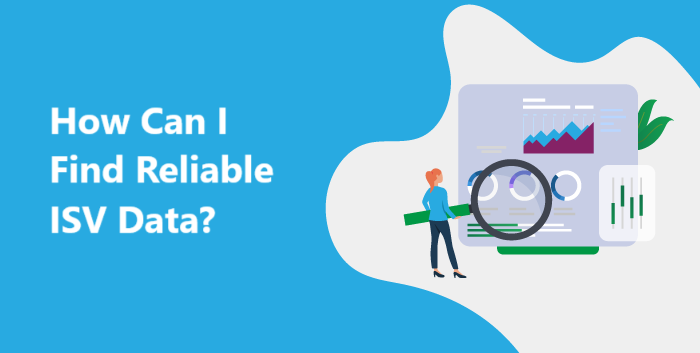A lot of our customers are curious about increasing their B2B email outreach cadence but are afraid of bombarding their prospects and turning into spammers. The fear is that their prospects will unsubscribe if they are emailed too much. While this can be a risk, (and can happen if your messaging is too salesy), as long as you continue to provide the most amount of value to your prospective clients and the purpose of your email cadence is to give, the likelihood of them unsubscribing is low.
While this can be a risk, (and can happen if your messaging is too salesy), as long as you continue to provide the most amount of value to your prospective clients and the purpose of your email cadence is to give, the likelihood of them unsubscribing is low.
In his bestselling book, “Dotcom Secrets,” Russell Branson describes how businesses can create an “Attractive Character” (an identifiable and relatable employee) who becomes the author of such daily emails, and whose messages become simple thoughts “about nothing in particular.” He describes the cadence as “Seinfeld emails,” referring to the popular American television series of the 1990s, Seinfeld, (a “show about nothing”). Branson explains that these emails do not even need to have a specific call-to-action that leads the reader to a landing page to download a trial offer, schedule a demo or purchase a product. In fact, there should not be anything sales-related in the daily email cadence at all. The purpose of these messages is to nurture your prospect list and to build trust and rapport with the Attractive Character. The idea is that in time, a prospect will naturally turn to this Attractive Character when they are ready to take the next step and enter into a sales cycle.
For some businesses (especially in the B2B software sales space) this idea probably sounds insane. And yet, it works. In fact, Russell Branson uses it for his own business to sell licenses for his renowned software solution, Click Funnels. His entire business is built around his Attractive Character (himself), and he does an amazing job at continually creating offers that provide even more value to his target audience (business owners of all kinds) as his prospects get further along in a sales cycle. His emails are simple, and crafted in such a way that he easily relates funny or interesting stories about things that happen to him; the cadence has become a platform for his audience to get to know him as a person, and by doing so, trust and like him.
So how can this technique be replicated for your software business? Here are some tips to get you started.
Tip #1 – Get over your fear of failure
One of the biggest obstacles that B2B marketers face is their fear of not being good enough. We are being paid to increase visibility across channels, create brand recognition, and generate leads; initiating a campaign that’s a flop is the last thing we want to do! And yet, the only way to be a success is to experience failure once in a while. The failures help us to learn and to grow, to get outside of our comfort zone, to experiment, to try new things, test new ideas, and innovate. Understanding and accepting that this is a normal part of the process will help you to focus on your why, and get comfortable with the discomfort of doing something different (regardless of whether or not it works at first). Getting over your fear will help you initiate your Seinfeld emails and release your attachment around the outcome.
Tip # 2 – Show up to give
The key to creating a daily email cadence that resonates with your audience is to show up to give instead of having the mindset that you want to get something from your prospects. If you send emails hoping to get clickers or to get leads, you are doomed from the start. What can you give to your readers that is unique, interesting, useful, helpful, entertaining, funny, or insightful? What experience can you share with them that may help them gain a new perspective on life or on a particular work challenge? What value can you offer them without relating that back to something sales-oriented? It’s important to think about what you can give to your prospects and put the cadence within the bigger picture of your sales funnel. These emails are supposed to be sent in parallel to other email campaigns that you run, and should not take the place of additional (sales) outreach. They are complementary to the other activities you have in place; their purpose is to enhance trustworthiness, and help your prospects see you in a different light (not just as someone looking to sell them something).
Tip #3 – Decide who is the most attractive Attractive Character
When choosing who will be the Attractive Character that will represent your brand, it’s important you select someone who is likable. You want your audience to be able to relate to this person through their stories, so look for things that they have in common. This also requires that you know your prospects inside and out; that you understand their challenges, struggles, and concerns. When you address your prospects with a human approach (and not a sales one), your brand takes on a whole new dimension. This person should bring depth to your organization; the Attractive Character can be a business leader but it doesn’t have to be. As long as the stories shared are relevant to your target audience, it doesn’t matter who takes on the role of the Attractive Character.
Tip #4 – Subscribe to other Seinfeld Email Cadences
Modeling yourself after other people who have been successful at what it is you want to achieve will help put you on the right path. In order to understand the daily Seinfeld email cadence, you should subscribe to the companies out there using them. There are a plethora of companies doing this currently, and examples are relatively easy to find. While I don’t want to promote too many of the ones I subscribe to here, I’m happy to share them with you. Connect with me on LinkedIn and write me a personal message, or comment on this post and I’ll send you the links.
Tip #5 – Test and Pivot as Needed
As the age-old adage goes, if at first, you don’t succeed, try, try again. If your email cadence causes your prospects to unsubscribe, it’s important to be able to pivot (quickly). You can try A/B message testing to see if it’s a problem with the message itself; you can also temporarily decrease the cadence if that’s not the issue. Sometimes people unsubscribe simply because they get too many emails from too many companies, so it may not have anything to do with you. Personally, I think it’s better to have a small email list of prospects who are truly interested than boasting a list of a billion people who never engage. Reducing the size of your list because people unsubscribe may not even be a problem; in fact, it could be an opportunity for you to focus on the prospects who are truly interested.
Conclusion
Creating an Attractive Character and experimenting with Seinfeld Emails may be a great way to innovate and develop new marketing outreach campaigns to build your sales pipeline over time. Don’t forget that marketing is a process. It’s a myth to think that instant success happens overnight with no effort or preparation. Take the time you need to plan your email cadence that you can roll out over the next 6 months leaving room for adjustments along the way.








